Table of Contents
The Hidden Boundary of Our Solar System
A vast, spherical shell of icy bodies marks the outermost boundary of our solar system, stretching from about 2,000 to 100,000 astronomical units (AU) from the Sun. This distant region lies far beyond Pluto and even past the Kuiper Belt, encompassing an area where sunlight is incredibly faint. While no spacecraft has ventured this far, scientists believe it contains trillions of icy remnants from the early solar system, over 4.6 billion years ago. These objects are loosely bound to the Sun’s gravity, drifting at the edge of the solar system where the Sun’s influence wanes. The Oort Cloud represents the final frontier of our solar neighborhood, gradually blending into the interstellar medium that separates us from neighboring star systems.
Though it remains unseen, the Oort Cloud holds a significant role in defining the true boundary of our solar system. Unlike planets and asteroids, the icy bodies within this region are scattered so far apart that even traveling between them would take light years. This shell acts as a transitional zone where the Sun’s gravitational pull diminishes, giving way to the vastness of interstellar space. It’s believed that some of these objects might even be captured material from other stars, highlighting the interconnected nature of our galaxy. While no missions have directly explored it, future technological advances may allow scientists to send probes into this distant region, providing unprecedented insights into the history and evolution of our solar system.
The Origin of the Hypothesis
The idea of a distant, icy shell surrounding the solar system was first proposed by Dutch astronomer Jan Oort in 1950. Oort was studying long-period comets—those that take more than 200 years to orbit the Sun—and noticed their trajectories didn’t align with origins within the known planetary region. He hypothesized that these comets originated from a vast, spherical reservoir of icy bodies far beyond the outer planets. This idea suggested the existence of a cloud of material left over from the solar system’s formation. The Oort Cloud, as it later became known, provided an explanation for why comets appeared from all directions, indicating a distant, surrounding source influencing their paths toward the inner solar system.
The foundation of this theory was built upon earlier work by Estonian astronomer Ernst Öpik, who in 1932 proposed that comets might come from a remote region of the solar system. While Öpik laid the groundwork, it was Oort’s observations and mathematical models that solidified the concept of a distant comet reservoir. The Oort Cloud hypothesis explained the unpredictable nature of long-period comets and introduced a new understanding of the solar system’s structure. Although no direct observations have confirmed its existence, the theory remains widely accepted due to the consistent behavior of comets. As technology advances, scientists hope to gather more evidence to support this foundational idea in astronomy.
The Structure and Composition
This distant shell is divided into two distinct regions: the inner, disc-shaped Hills Cloud and the outer, spherical section commonly associated with the Oort Cloud. The objects within these regions are primarily composed of water ice, ammonia, and methane—materials similar to those found in comets that periodically visit the inner solar system. The spherical shape results from gravitational interactions with nearby stars and the tidal forces exerted by the Milky Way galaxy. These galactic forces occasionally disturb the orbits of the icy objects, sending some on long, elliptical paths that bring them closer to the Sun as long-period comets. Despite its vast scale, the Oort Cloud’s objects are incredibly sparse, making direct exploration or observation extremely challenging.
While it spans an immense distance, the Oort Cloud is not densely packed with objects. The icy bodies are so widely dispersed that a spacecraft traveling through the region would encounter vast empty spaces, with distances between objects stretching for millions of kilometers. This makes navigation and direct observation nearly impossible with current technology. Scientists believe that the objects within this shell are ancient remnants from the solar system’s formation, offering clues about the early conditions of our cosmic neighborhood. Some theories even suggest that a portion of these bodies might have been captured from other star systems, highlighting the dynamic exchanges that occur within the galaxy.
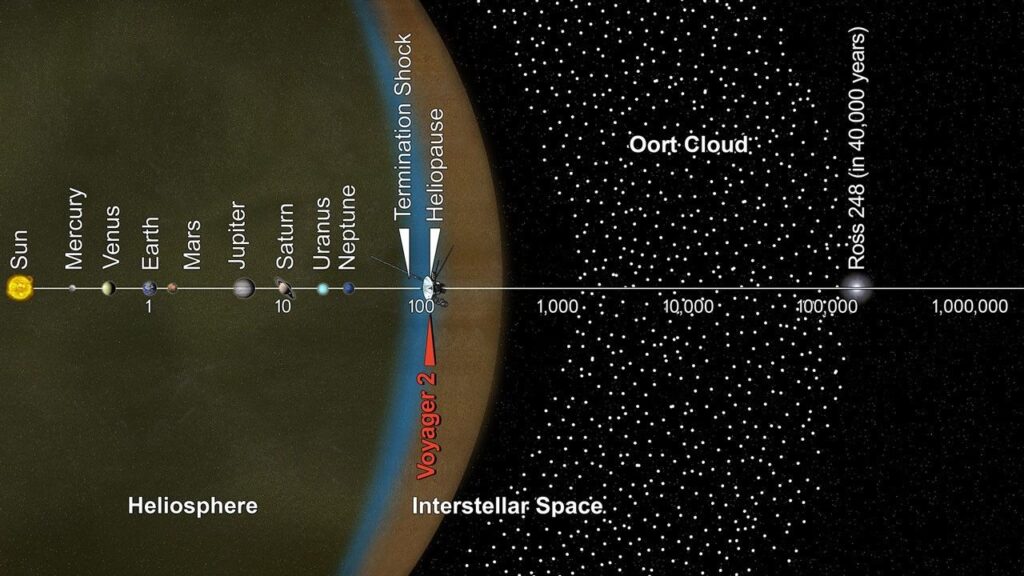
Influencing Comet Activity
The primary source of long-period comets in our solar system lies in this distant shell. These comets have highly elliptical orbits, taking thousands or even millions of years to complete a single journey around the Sun. When gravitational forces from passing stars or the Milky Way’s galactic tides disturb these icy objects, they may be propelled into the inner solar system. As they approach the Sun, the heat causes their icy surfaces to vaporize, creating glowing comas and long, radiant tails visible from Earth. Notable examples include Comet Hale-Bopp and Comet Hyakutake, which captivated observers with their brilliant displays. The Oort Cloud explains why such comets appear from all directions, unlike short-period comets that originate from the Kuiper Belt.
In contrast to the more orderly Kuiper Belt, the Oort Cloud’s spherical shape ensures that comets can be sent toward the Sun from virtually any angle in the sky. This randomness contributes to the unpredictable appearance of long-period comets. Some of these comets, upon entering the inner solar system, become highly visible for weeks or even months, offering scientists valuable opportunities to study their composition and behavior. These icy visitors carry primordial material from the early solar system, providing insight into conditions over 4.6 billion years ago. Their unpredictable nature highlights the dynamic interactions at the solar system’s edge, where galactic forces continually shape and influence the movement of these ancient celestial bodies.
Role in Solar System Formation
The distant shell is a fossilized remnant of the solar system’s formation, revealing insights into planetary development. Many icy objects in this region likely formed near the Sun, close to giant planets like Jupiter and Saturn, whose gravitational forces scattered these bodies outward. Over time, they settled into stable orbits, creating the Oort Cloud. Analyzing comets from this area offers scientists valuable information about the primordial materials and environmental conditions that contributed to the formation of Earth and other planets.
These ancient icy bodies act as time capsules, preserving the original composition of the early solar nebula. When long-period comets from this distant region enter the inner solar system, they provide scientists with rare opportunities to analyze these untouched materials. Such studies reveal the chemical building blocks that played a role in planetary formation, offering clues about the distribution of water and organic compounds across the solar system. The Oort Cloud’s existence highlights the dynamic processes that shaped our planetary system, including gravitational interactions and cosmic migrations. Understanding this distant frontier not only informs us about our own solar system’s history but also offers comparative insights into the formation of other planetary systems in the galaxy.
The Challenges of Observing
Despite its importance in understanding the solar system, this distant shell remains one of the most elusive regions to study. Its immense distance from the Sun makes direct observation nearly impossible with current technology. Even advanced telescopes like the Hubble Space Telescope and the James Webb Space Telescope struggle to detect objects that are so faint and far away. The Oort Cloud’s objects are small, dark, and widely scattered, blending into the cosmic background and evading detection. Most of what we know about this region comes from analyzing the behavior of long-period comets as they enter the inner solar system. These indirect clues suggest a vast reservoir of icy bodies, but direct evidence remains out of reach.
Detecting objects within the Oort Cloud will require groundbreaking technological advancements. Future space telescopes with enhanced sensitivity might be able to spot these distant bodies, but the challenges remain significant. Missions designed to traverse such vast distances could take thousands of years with today’s propulsion technologies. Therefore, our current understanding relies heavily on theoretical models and indirect observations. Scientists hope that future innovations in deep-space exploration and gravitational wave astronomy may eventually provide more concrete insights into this mysterious frontier. Until then, the Oort Cloud remains a captivating yet hidden component of our solar system.
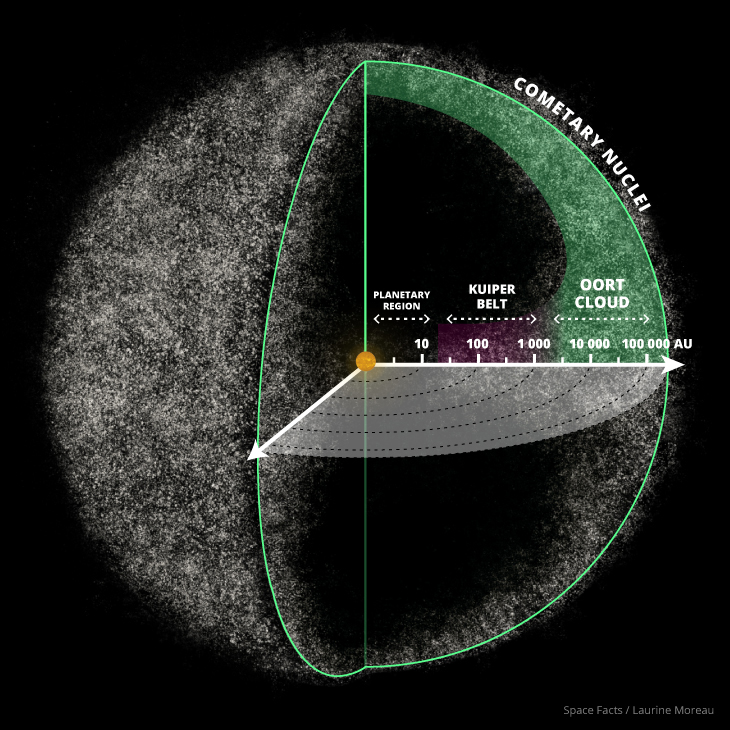
Space Missions and the Quest to Reach
To date, no spacecraft has traveled far enough to reach this distant frontier. The most remote human-made object, Voyager 1, launched in 1977, is currently over 160 astronomical units (AU) from the Sun—a mere fraction of the distance needed to enter the inner regions of the Oort Cloud. Future missions, such as Breakthrough Starshot or other interstellar probes, aim to venture farther into the cosmos, potentially bringing us closer to this mysterious region. However, the vast distances and slow travel speeds pose significant challenges. With current propulsion technology, reaching the Oort Cloud could take thousands of years, making direct exploration a formidable task.
Advancements in propulsion technology may one day make exploring the Oort Cloud feasible. Concepts like nuclear propulsion and solar sails offer promising alternatives to conventional propulsion, potentially reducing travel times significantly. Solar sails, which harness the momentum of photons from the Sun, could propel spacecraft at unprecedented speeds. Meanwhile, nuclear propulsion could provide the sustained energy necessary for long-duration missions. While these technologies are still in development, they offer hope for future exploration. Unlocking the secrets of the Oort Cloud could revolutionize our understanding of the solar system’s formation and its boundary with interstellar space, marking a new era in deep-space exploration.
Comet Threats to Earth
While this distant shell is a captivating scientific subject, it also represents a potential threat to Earth. Comets originating from this region can be disturbed by gravitational forces, sending them on unpredictable trajectories toward the inner solar system—and possibly Earth. Unlike asteroids, which typically have stable, predictable orbits, long-period comets from the Oort Cloud can appear suddenly with little warning. One infamous example is the Chicxulub impactor, believed to have contributed to the extinction of the dinosaurs 66 million years ago. This comet may have originated from the Oort Cloud, emphasizing the importance of monitoring such distant objects for planetary defense.
Understanding the Oort Cloud is crucial for predicting and mitigating potential comet threats. Because long-period comets can approach from any direction and travel at high speeds, early detection is challenging. Current technology focuses on tracking near-Earth asteroids, but the unpredictable nature of comets requires additional strategies. Space-based telescopes and advanced sky surveys are being developed to improve our ability to spot these potential threats. By studying the behavior and origins of comets from the Oort Cloud, scientists hope to develop better models for predicting their paths, ultimately enhancing our capacity to safeguard Earth from future catastrophic impacts.
Popular Culture and Science Fiction
The mysterious allure of this distant region has captivated the imagination of writers, filmmakers, and scientists alike. In popular culture, it often symbolizes the unexplored frontier of our solar system, a place where human curiosity meets the unknown. Science fiction frequently portrays it as a setting for interstellar exploration, alien civilizations, or ancient artifacts waiting to be discovered. Notable works like Arthur C. Clarke’s Rendezvous with Rama and the Expanse series reference distant, icy regions beyond the planets, inspired by the enigmatic nature of the Oort Cloud.
Beyond its role in storytelling, the Oort Cloud represents humanity’s fascination with the vast, uncharted territories of space. Its isolation and mystery make it a compelling subject for both scientific inquiry and speculative fiction. As our technology advances and we learn more about the universe, the Oort Cloud serves as a reminder of how much remains to be discovered. This intersection of science and imagination fuels not only academic curiosity but also inspires future generations to explore the cosmos. The Oort Cloud embodies the enduring human spirit to reach beyond the known, seeking answers in the cold, dark expanse of space.
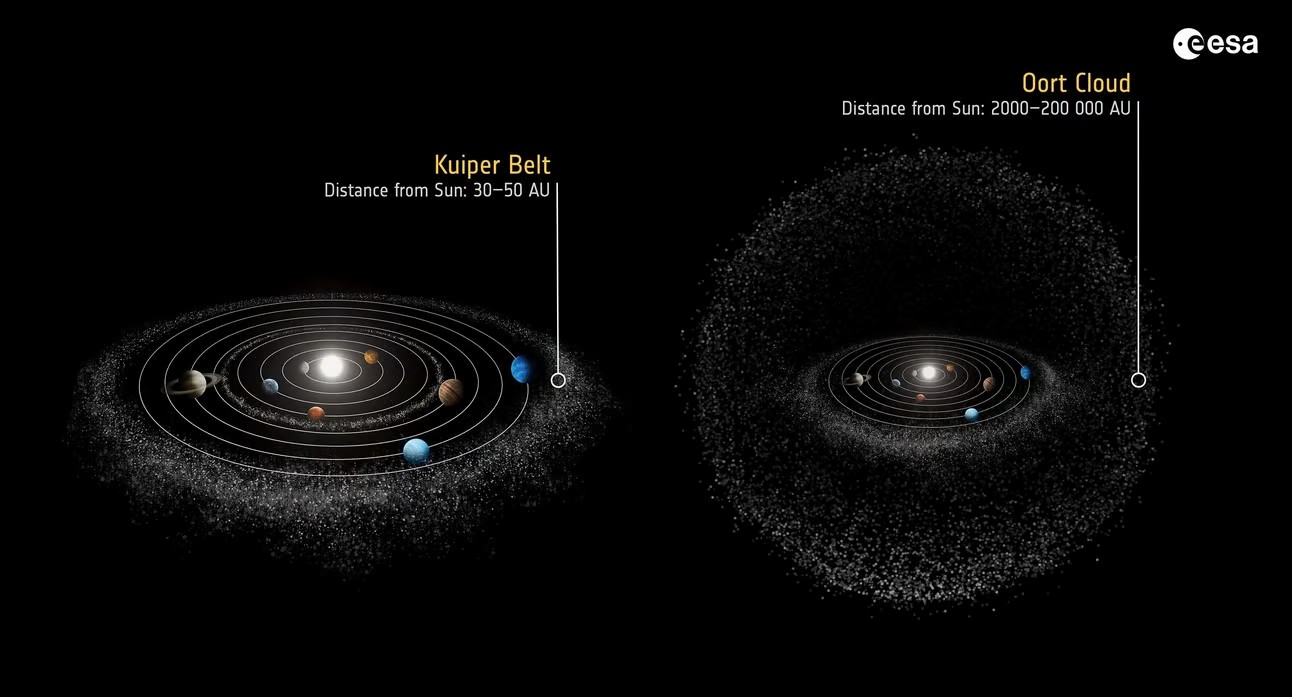
Comparing with the Kuiper Belt
Although both regions contain icy objects, they differ greatly in location, structure, and influence. The Kuiper Belt, located just beyond Neptune‘s orbit between 30 and 50 AU, is a disc-shaped region home to short-period comets and dwarf planets like Pluto and Eris. In contrast, the Oort Cloud is a vast, spherical shell extending up to 100,000 AU from the Sun. Kuiper Belt objects have relatively stable, predictable orbits, while objects in the Oort Cloud are more vulnerable to external gravitational forces, sending them into unpredictable trajectories. This distinction highlights the Kuiper Belt as a more accessible and well-studied region, while the Oort Cloud remains shrouded in mystery due to its vast distance and lack of direct observation.
Both regions provide valuable insights into the formation and evolution of our solar system. The Kuiper Belt’s proximity has allowed astronomers to study its objects in detail, shedding light on the processes that shaped the outer solar system. Missions like New Horizons have provided close-up views of Kuiper Belt objects, revealing their composition and geological features. In contrast, the Oort Cloud’s distance and sparse distribution make it more challenging to study, relying heavily on indirect evidence from long-period comets. Together, these regions offer complementary perspectives on the solar system’s past, helping scientists piece together the dynamic history of planetary migration and cosmic evolution.
Interstellar Connections
Positioned at the boundary between our solar system and interstellar space, this distant shell serves as a potential link between the Sun and neighboring stars. Scientists theorize that gravitational interactions with passing stars or dense molecular clouds can disturb the objects within, sending comets hurtling inward toward the inner solar system. These cosmic encounters might not only redirect comets but also facilitate the exchange of material between star systems. Some Oort Cloud objects could have originated from other stars, while our solar system may have contributed icy bodies to distant stellar neighbors, highlighting the dynamic and interconnected nature of the galaxy.
This exchange of material raises fascinating possibilities regarding the spread of life’s building blocks across the galaxy. The theory of panspermia suggests that comets and asteroids could carry organic compounds or even microbial life between star systems. If objects from the Oort Cloud or similar regions around other stars harbor such materials, it implies a galactic-level connection influencing the development of life. While evidence for panspermia remains speculative, studying the composition of long-period comets could provide critical insights. Understanding these interstellar exchanges deepens our appreciation of the Oort Cloud’s role not just in our solar system, but in the broader cosmic tapestry of life and matter across the Milky Way.
Future Exploration
As technology advances, the potential for exploring this distant shell becomes increasingly promising. Next-generation telescopes like the Vera C. Rubin Observatory will offer more detailed observations of distant comets and their trajectories, indirectly revealing more about the objects in the Oort Cloud. These advanced instruments will help astronomers track the origins and movements of comets with unprecedented precision. Future space missions, such as the European Space Agency’s Comet Interceptor, aim to capture and study comets on their first approach to the inner solar system, offering insights into pristine objects that may have originated from this remote region.
In addition to observational advancements, progress in propulsion technology could pave the way for direct exploration. Concepts like solar sails and nuclear propulsion might one day enable spacecraft to reach the Oort Cloud, allowing for direct measurements and even the collection of samples from these ancient icy bodies. Interstellar probes designed for long-duration missions could help refine our understanding of the solar system’s outermost frontier. Studying the Oort Cloud will not only deepen our knowledge of the solar system’s history but also enhance our understanding of its place within the broader galactic environment, revealing the mysteries that lie beyond our planetary neighborhood.
How useful was this post?
Click on a star to rate it!
Average rating / 5. Vote count:
No votes so far! Be the first to rate this post.
Author
-
Meet Dr. Kendall Gregory, a highly accomplished professional with a remarkable academic background and a deep passion for empowering individuals through knowledge. Dr. Gregory’s educational journey began with a Bachelor of Science degree, followed by a Doctor of Chiropractic Medicine, focusing on diagnosing and treating musculoskeletal conditions. He further expanded his expertise with a Master's degree in Oriental Medicine, specializing in acupuncture and Chinese herbology, and a Master's degree in Health Care Administration, emphasizing his dedication to improving healthcare systems. Dr. Gregory combines his extensive knowledge and practical experience to provide comprehensive and integrative healthcare solutions. Through his writings, he aims to inspire individuals to take charge of their health and make informed decisions.
View all posts

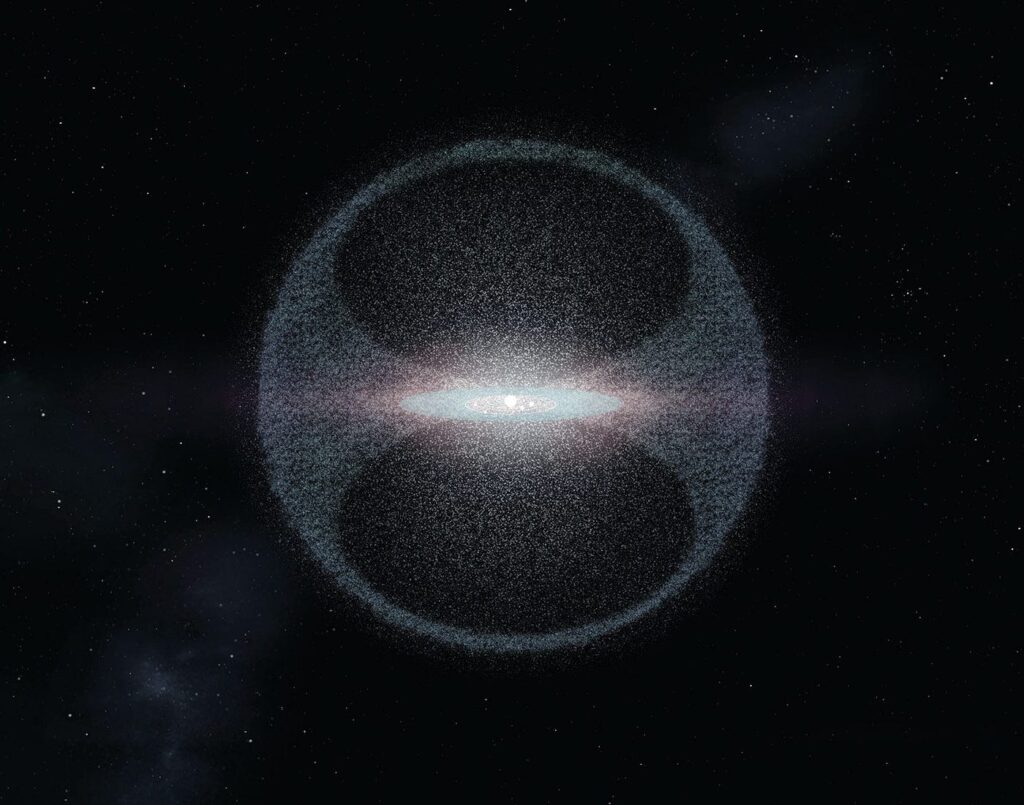





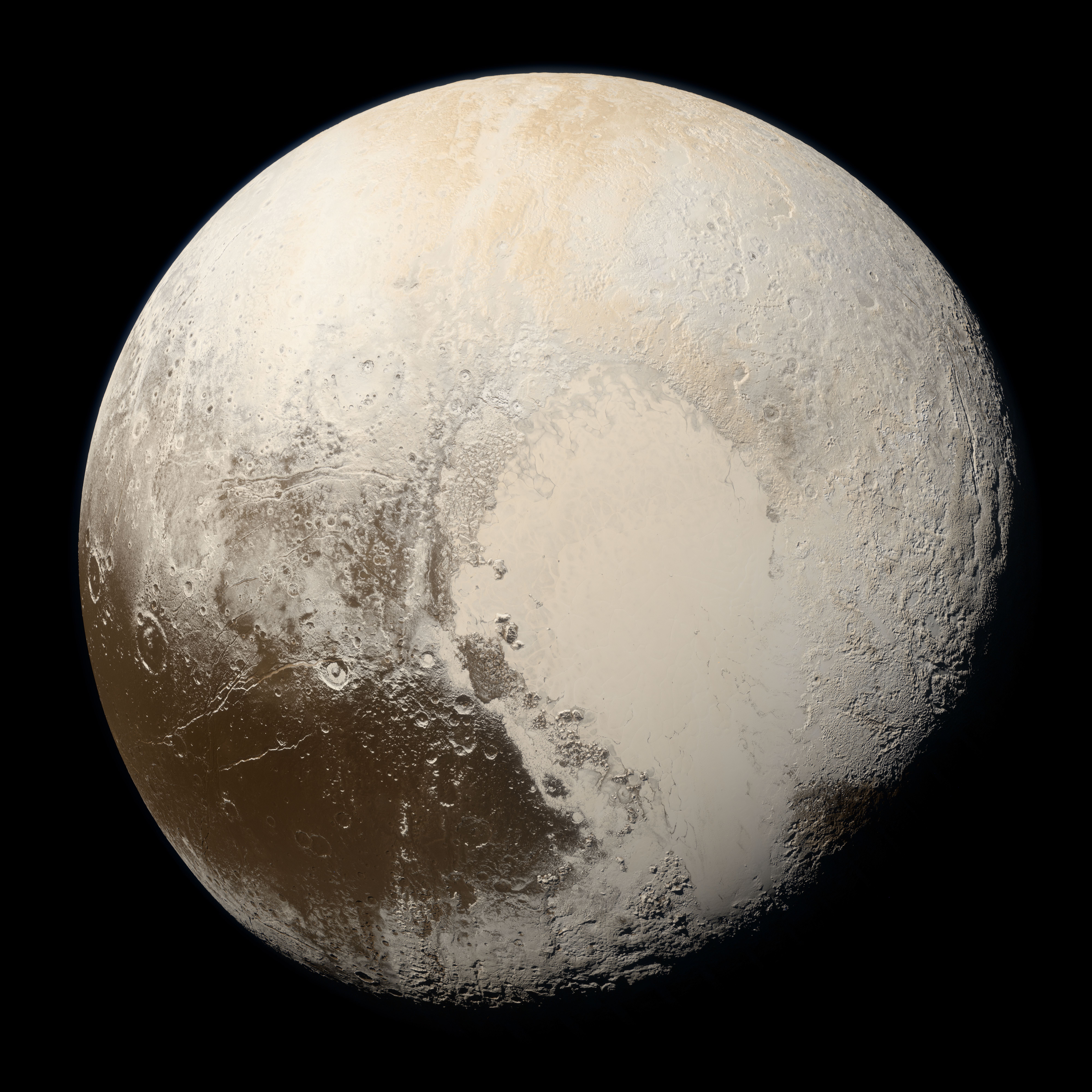
This information scares me for some reason
[…] Kuiper Belt and the Oort Cloud are both reservoirs of icy bodies, but they differ significantly in their structure, location, and […]